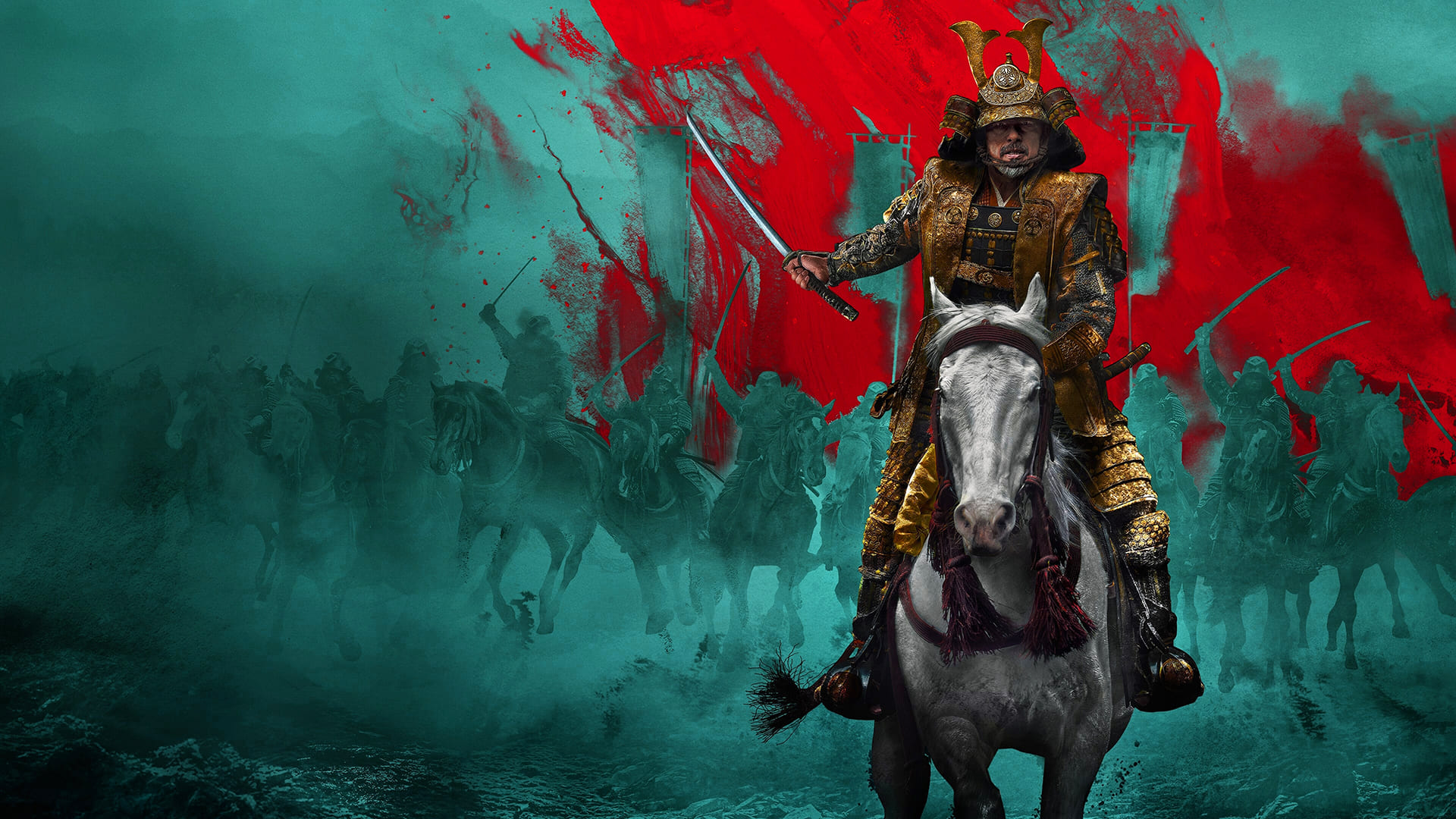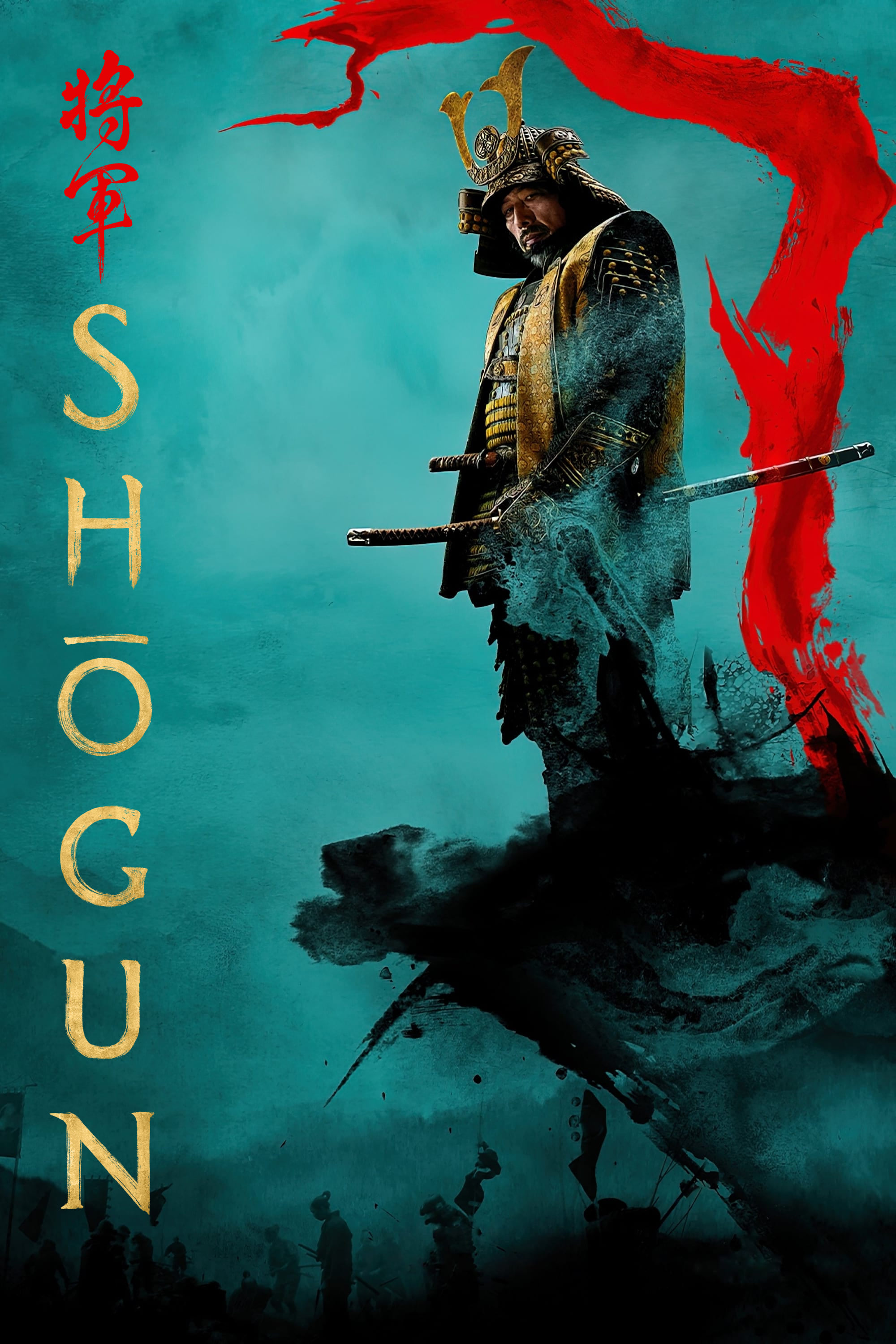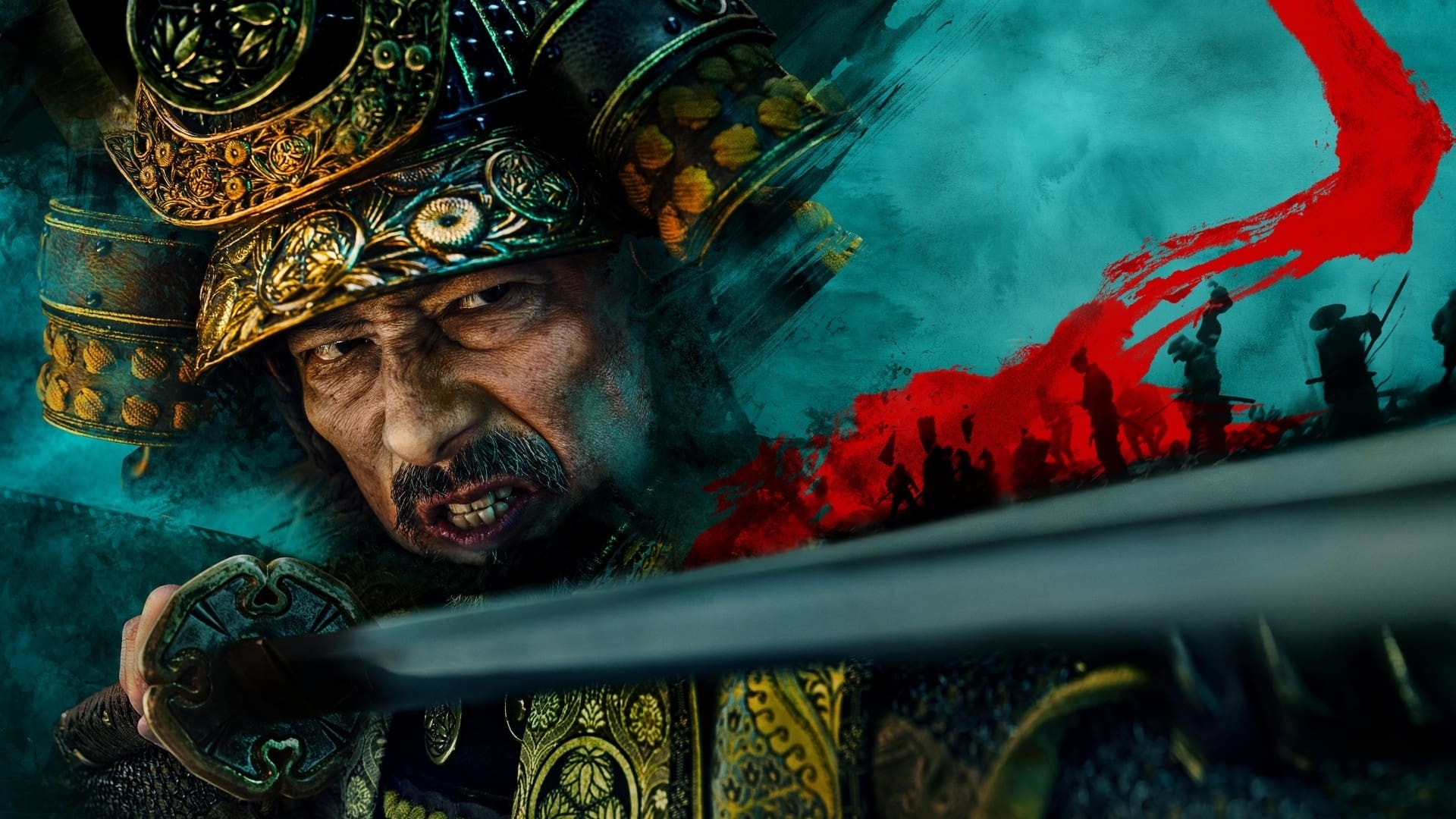Shogun Show: The Ultimate Guide To Japan's Warrior History
Hey there, history buffs! If you've ever been curious about the Shogun Show, you're in for a treat. This isn't just about some random historical event; it's about the fascinating world of Japan's legendary warriors and the political theater that shaped the nation. The Shogun Show isn't just history; it's a spectacle of power, strategy, and cultural evolution. So buckle up, because we're diving deep into this incredible chapter of Japan's past.
Imagine a world where the strongest warrior gets to call the shots. That's what the Shogun Show was all about. It wasn't just about fighting; it was about building an empire, maintaining peace, and creating a legacy that would last for centuries. The term "Shogun" itself holds so much weight, and understanding its significance will give you a deeper appreciation for Japanese history.
Now, let's not kid ourselves. History can be boring when it's all dates and dry facts, but the Shogun Show? That's a whole different ball game. It's filled with drama, betrayal, and some of the most iconic figures in history. So, whether you're a hardcore history enthusiast or just someone who appreciates a good story, this guide is going to take you on an unforgettable journey.
- Emma Stone The Journey Of A Hollywood Star Who Stole Our Hearts
- Blac Chyna The Untold Story Of A Glamorous Life Challenges And Triumphs
The Origins of the Shogun Show
Let's start at the very beginning. The Shogun Show didn't just pop up overnight. It was centuries in the making, starting with the rise of the samurai class and the need for a centralized military authority. The first shogun, Minamoto no Yoritomo, established the Kamakura Shogunate in 1192, setting the stage for what would become a defining feature of Japanese governance.
Key Events That Shaped the Shogun Show
- The Kamakura Period: This era marked the beginning of shogunal rule, where the shogun held more power than the emperor.
- The Muromachi Period: With the Ashikaga Shogunate, we saw a shift in power dynamics and the rise of the daimyo (feudal lords).
- The Edo Period: The Tokugawa Shogunate brought about a long period of peace and stability, lasting over 250 years.
Each period added its own flavor to the Shogun Show, making it a dynamic and ever-evolving spectacle of power and influence.
The Role of the Shogun in Japanese Society
The shogun wasn't just a military leader; they were the heart and soul of Japanese society during their reign. They influenced everything from politics to culture, leaving an indelible mark on the nation. But what exactly did the shogun do?
- Daniel Penny The Untold Story Of A Controversial Figure Making Waves
- Emmy Rossum The Multifaceted Star Who Stole Our Hearts
Responsibilities of the Shogun
- Maintaining peace and order across the land.
- Managing relations with feudal lords (daimyo).
- Overseeing the economy and ensuring the prosperity of the nation.
It wasn't all roses and sunshine, though. The shogun faced numerous challenges, from rebellions to natural disasters, but their ability to adapt and overcome these obstacles is what makes the Shogun Show so compelling.
Shogun Show: The Iconic Figures
No discussion about the Shogun Show is complete without mentioning the legendary figures who played pivotal roles. These individuals weren't just rulers; they were legends in their own right. Let's take a look at some of the most iconic shoguns:
Tokugawa Ieyasu
Tokugawa Ieyasu is often regarded as one of the greatest shoguns in Japanese history. He founded the Tokugawa Shogunate and brought about a long period of peace and prosperity. His strategic mind and political acumen were unmatched, and his legacy continues to influence Japan to this day.
Oda Nobunaga
Before becoming a shogun, Oda Nobunaga was a key player in the Sengoku period. His ruthless tactics and innovative strategies changed the face of Japanese warfare. Though he never officially became shogun, his impact on the Shogun Show cannot be overstated.
Toyotomi Hideyoshi
Hideyoshi was another key figure who played a crucial role in unifying Japan. Known for his ambitious projects and grand visions, he left a lasting impression on the nation. His contributions to the Shogun Show were both significant and transformative.
The Shogun Show: A Cultural Phenomenon
It's not just about politics and warfare; the Shogun Show had a profound impact on Japanese culture. From art to literature, the influence of the shogunate can be seen in many aspects of Japanese life. Let's explore how the Shogun Show shaped the cultural landscape:
Art and Literature
- Traditional Japanese art flourished under the patronage of the shoguns.
- Haiku poetry and other forms of literature gained prominence during this period.
The shoguns were patrons of the arts, and their support helped create some of the most iconic works in Japanese history.
Shogun Show: The Economic Impact
While the Shogun Show is often seen as a political and cultural phenomenon, it also had a significant economic impact. The policies implemented by the shogunate helped shape the Japanese economy, creating a stable and prosperous nation. Here are some key economic developments:
Trade and Commerce
- The shogunate encouraged trade with neighboring countries, boosting the economy.
- Domestic trade flourished, leading to the growth of urban centers.
The economic policies of the shogunate laid the foundation for modern Japan, making the Shogun Show not just a historical event but a catalyst for economic growth.
Shogun Show: The Decline and Legacy
All good things must come to an end, and the Shogun Show was no exception. The decline of the shogunate was a complex process, involving both internal and external factors. Let's take a look at what led to the fall of the Shogun Show:
Internal Strife and External Pressure
- Rebellions and power struggles weakened the shogunate.
- The arrival of Western powers brought new challenges and pressures.
Despite its eventual decline, the legacy of the Shogun Show lives on. It shaped modern Japan in ways that are still felt today, from its political system to its cultural identity.
Shogun Show: Lessons for Today
So, what can we learn from the Shogun Show? The lessons are as relevant today as they were centuries ago. Here are a few takeaways:
Adaptability and Resilience
- The shoguns faced numerous challenges but adapted to survive.
- Their ability to innovate and evolve is a lesson for leaders today.
The Shogun Show teaches us that success is not just about power; it's about how you use it and how you adapt to changing circumstances.
Conclusion: The Shogun Show Lives On
And there you have it, folks! The Shogun Show was more than just a historical event; it was a spectacle of power, culture, and resilience. From the rise of the first shogun to the fall of the last, this period in Japanese history is filled with lessons and stories that continue to inspire us today.
So, what do you think? Are you ready to dive deeper into the world of the Shogun Show? Leave a comment below and let us know what you thought of this guide. And don't forget to share it with your friends who love history as much as you do. Until next time, keep exploring and keep learning!
Table of Contents
- The Origins of the Shogun Show
- The Role of the Shogun in Japanese Society
- Shogun Show: The Iconic Figures
- The Shogun Show: A Cultural Phenomenon
- Shogun Show: The Economic Impact
- Shogun Show: The Decline and Legacy
- Shogun Show: Lessons for Today
- Conclusion: The Shogun Show Lives On
References: For more detailed information, check out these trusted sources: Japan Guide, Encyclopedia Britannica, and History.com.
- Unveiling The Iconic Legacy Of Andy Griffith The Man Who Redefined American Comedy
- Javi Marroquin Rising Star In The Football World

Shogun Wallpaper TubeWP

İzlə Shōgun (2024) Onlayn

Shogun Japan TV Show Poster Wallpaper, HD TV Series 4K Wallpapers